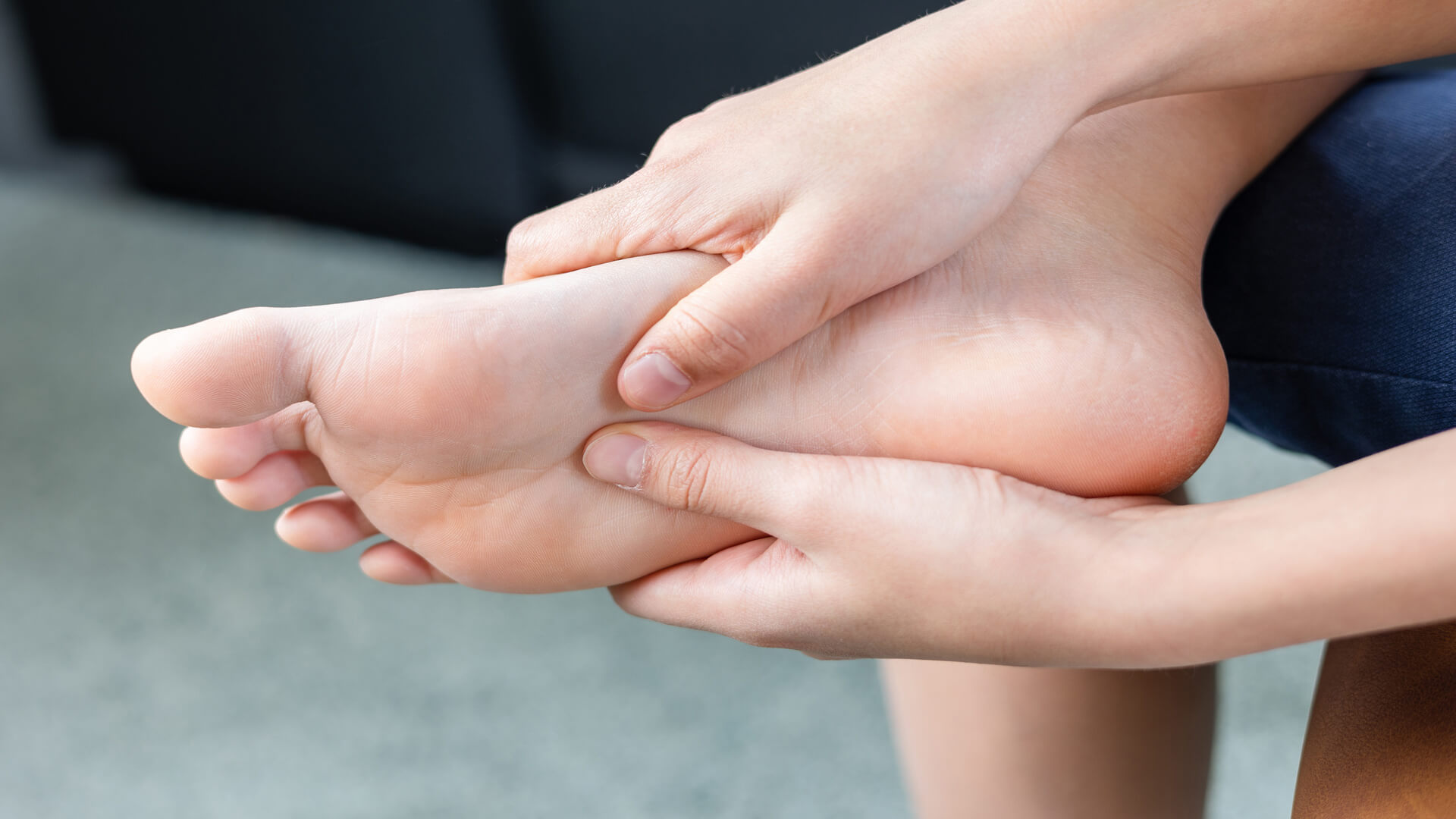How is Morton’s Neuroma diagnosed?
Morton’s Neuroma is diagnosed by an Orthopaedic specialist, in a thorough analysis of clinical signs and exams. To guarantee the right treatment, it is essential to rule out other pathologies with similar symptoms, such as arthritis, stress fracture or bursitis, among others.
After the foot has been examined and suspicion of Morton’s Neuroma confirmed, a foot X-ray and ultrasound may be prescribed. If doubts persist, or an atypical case of Morton’s Neuroma is suspected, magnetic resonance imaging (MRI) may be used to confirm the diagnosis.
Morton’s Neuroma: treatment
The first line of treatment for Morton’s Neuroma involves a change of footwear, wearing insoles or orthotic inserts, and stretching exercises, in order to reverse the aggressive mechanism that led to the condition. It is at the physician’s discretion to prescribe the most suitable type of footwear and orthotics for each patient’s foot, in order to achieve the intended result. Patients are usually recommended to wear wider shoes with low heels and insoles with retrocapital support to better protect and cushion the sole of the foot. Some cases require the use of custom-moulded orthopaedic insoles.
When temporary pain relief is necessary, the orthopaedic physician may prescribe oral or local therapy with anti-inflammatory and analgesic action, and in some cases, corticosteroid injections may be indicated. To avoid aggravating the clinical condition, under no circumstances should the patient self-medicate or adopt any kind of home or natural remedy that does not comply with medical recommendations.
Severe and persistent cases may require surgical removal of the Morton’s Neuroma. These procedures are quick and can be performed on an outpatient basis, without hospitalisation. The Morton’s Neuroma is removed from the fibrosis surrounding it, resulting in symptom relief with a high success rate (over 85%). Some patients may experience partial numbness in the affected toes.
In addition, it is important to maintain a healthy weight, as this factor can also cause greater compression of the affected area, causing inflammation and thus compromising any treatment plan that may be implemented. In some cases, physiotherapy sessions may also be recommended to stretch the plantar fascia and toes, using specific equipment such as ultrasound or laser.



